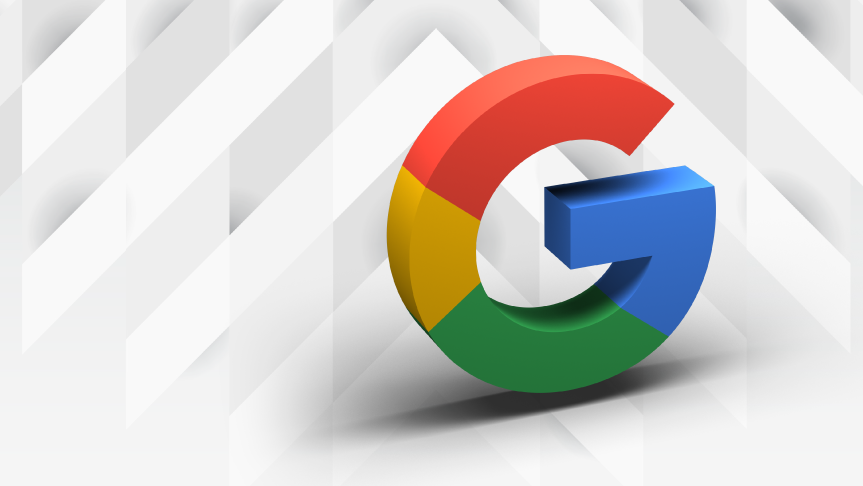Google made a splash a couple months back when it announced its helpful content update. It has officially rolled out and is meant to prioritize people-first content, while devaluing clickbait and unhelpful content that’s just trying to catch traffic. It’s part of a broader Google initiative to improve the search experience. Here’s how it works and how it could affect your content marketing strategies.
What is the Google Helpful Content Update?
The name sums it up well. Google officially unveiled the helpful content update back in August as part of a larger goal to weed out unoriginal, unhelpful content from search results. That includes web copy churned out by artificial intelligence (AI) and content farms. It’s designed to reward content that leaves visitors feeling satisfied. On the other end of the spectrum, content that doesn’t hit that mark won’t perform well.
At first glance, that may sound a little subjective — who’s to say what’s helpful and what’s not? Google further clarified by offering these two points of advice:
1. Put People First
The idea is to create satisfying content while sticking to SEO best practices. Google encourages marketers to put their existing or intended audience for their business at the center of all their content. When writing new content, ask yourself if they’d find it useful. Also, does it prove that you’re knowledgeable on the topic that’s being covered?
If you’re a medical provider, for example, your content should be geared toward patients who are in your key demographic. It should be well researched, relevant to the searcher, and effective in answering a specific question or solving a problem. In other words, they should leave your site feeling like they got what they needed.
2. Don’t Create Content Solely for Search Engines
You don’t have to abandon SEO best practices. On the contrary, it’s about using them to better serve your audience. Instead of creating content with the sole purpose of snagging a top Google ranking, it’s about producing focused content around a specific topic. To put it another way, honor your audience and stick to your niche.
Search-engine content is impersonal and casts a wide net. It builds articles and blog posts off trending search results — not what your audience necessarily wants or needs. This kind of content usually feels thin. It doesn’t demonstrate a depth of knowledge or leave the reader feeling satisfied.
Is the Helpful Content Update Changing the Way Content Ranks?
It’s too early to know for sure since the Google helpful content update just made its debut. With that said, it doesn’t seem to be causing any major changes yet. Folks at Google say the update is part of a continuing effort to improve the search experience. If you’re already producing strong content, you should be good. Time will tell how the update will affect unhelpful content in the long term.
Original, Helpful Content is Always Best
The Google helpful content update drives home something we already knew — original, valuable content that puts the reader first is always the best way to go. At BrandMinded, we believe it’s the only way to go. Your content won’t do you much good if it’s generic and shallow. Think like your target audience and ask yourself if you’re providing something of value. If not, it’s essentially useless.
Good content does two things: It serves the reader while also establishing a sense of trust. When you continually demonstrate that you know your stuff and can offer helpful solutions, you’re proving that you’re a trusted voice in your industry. That relationship can eventually blossom into brand awareness and customer loyalty.


